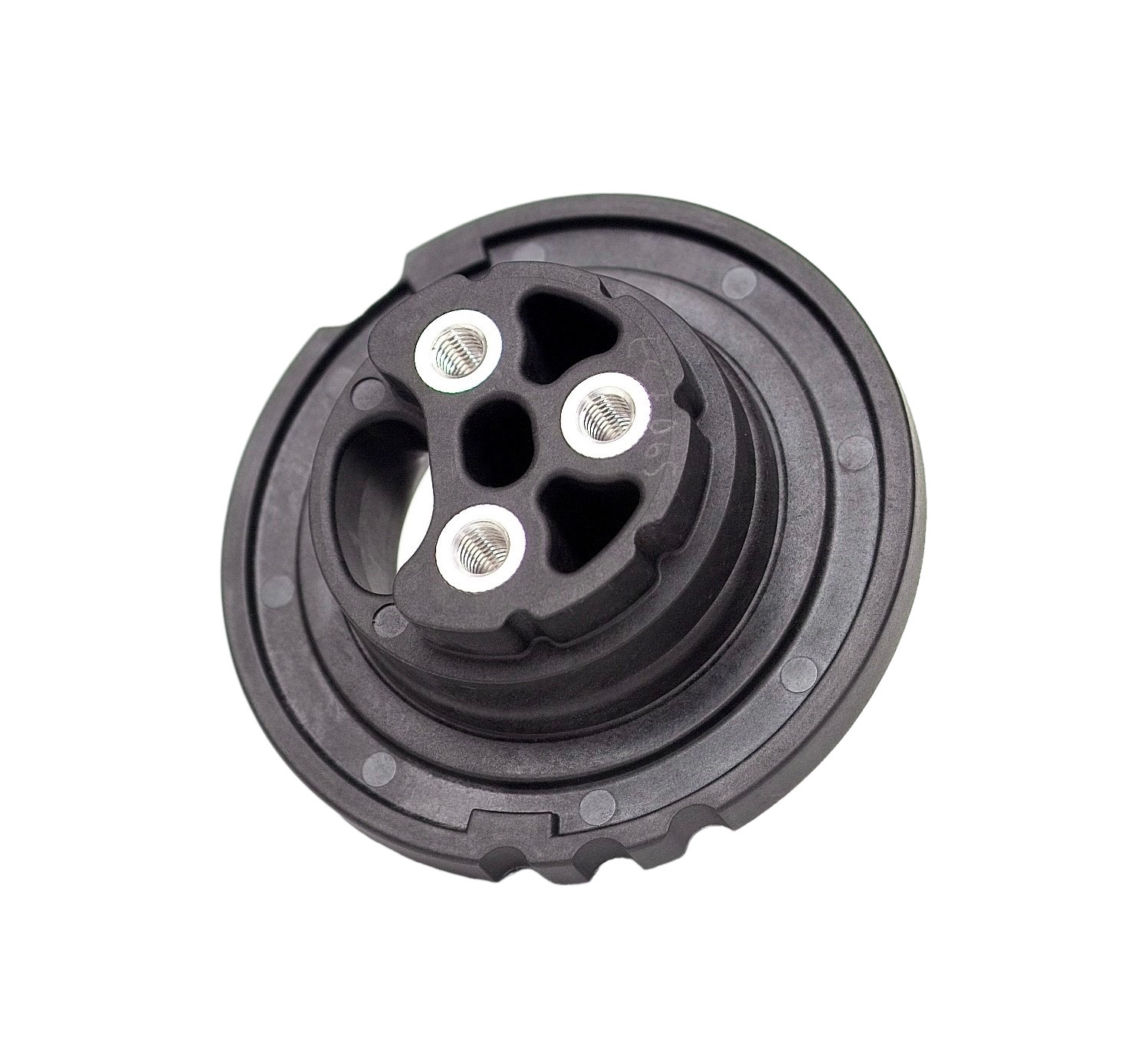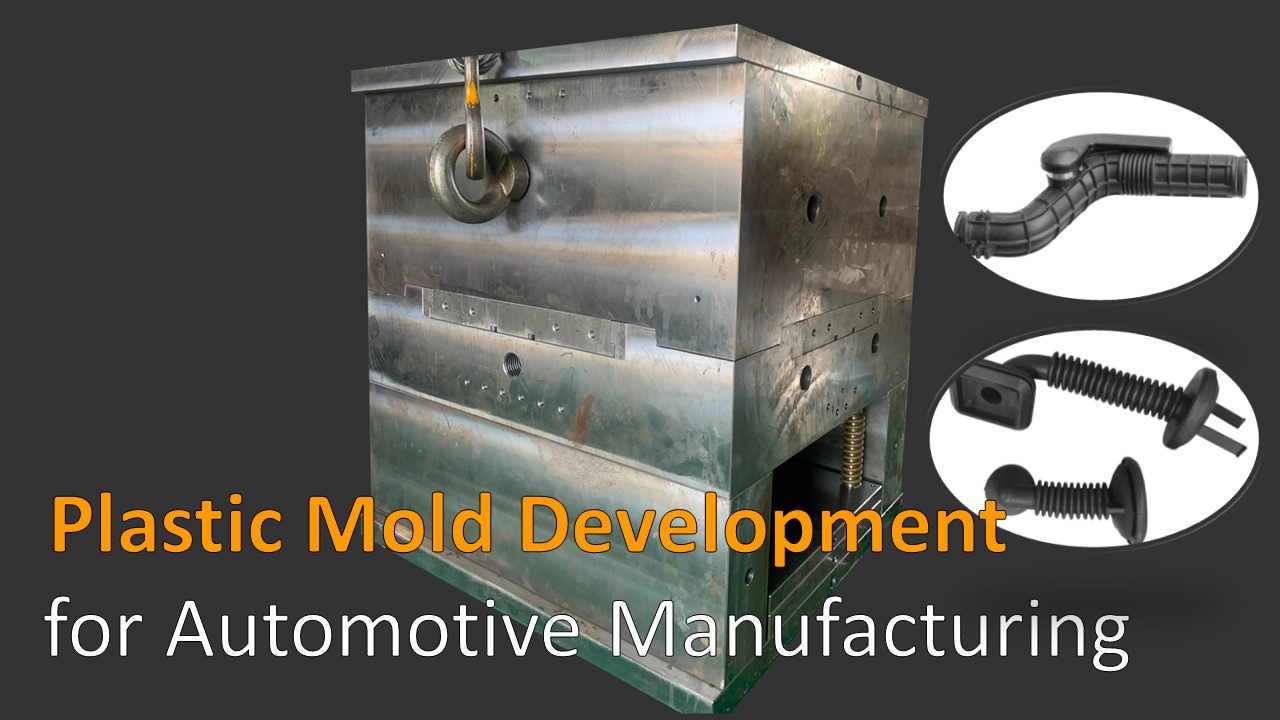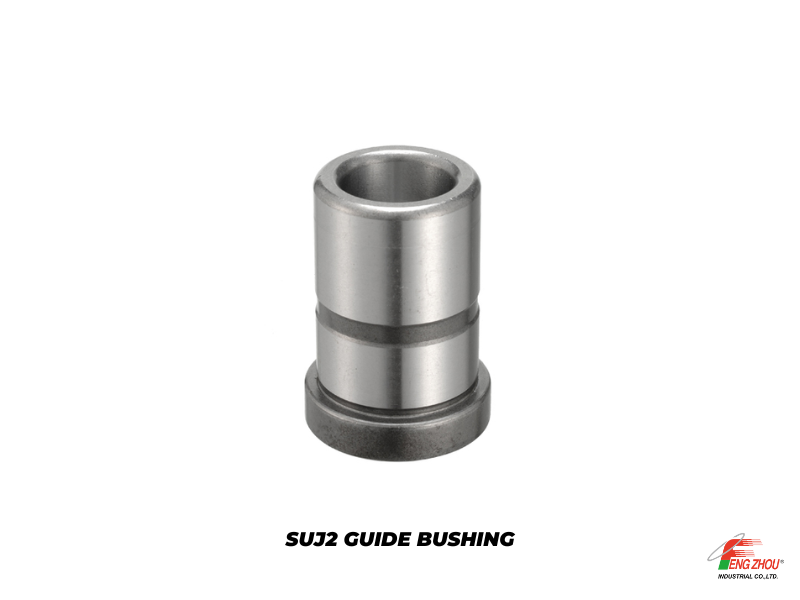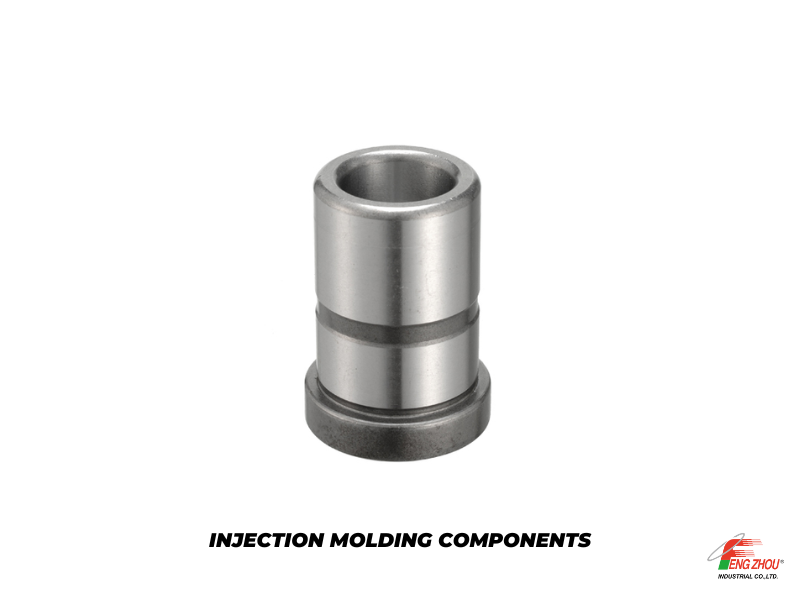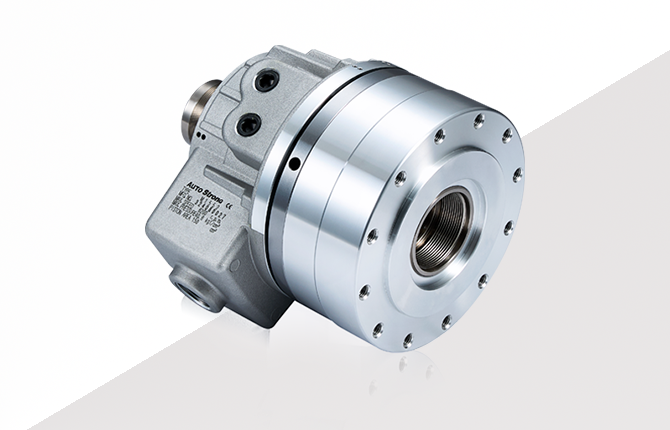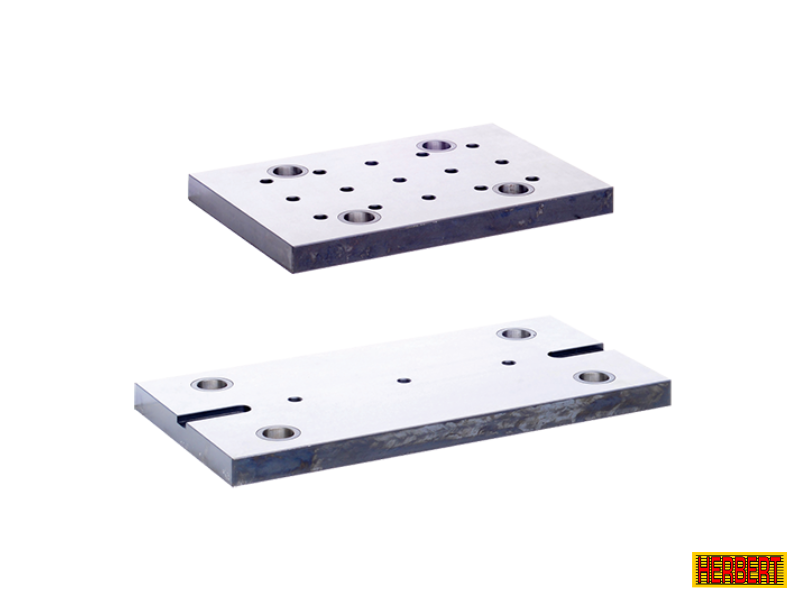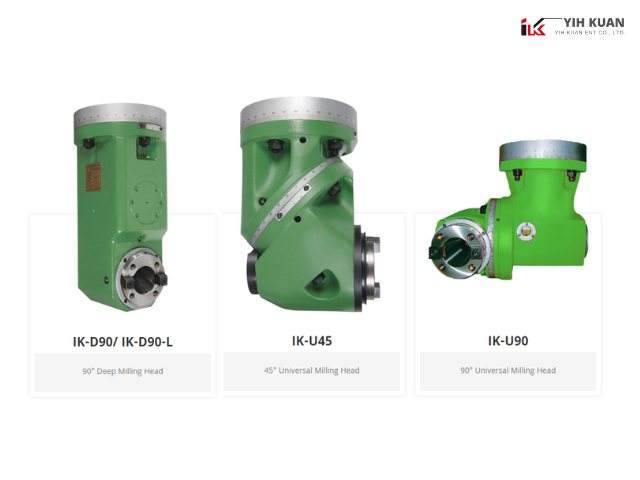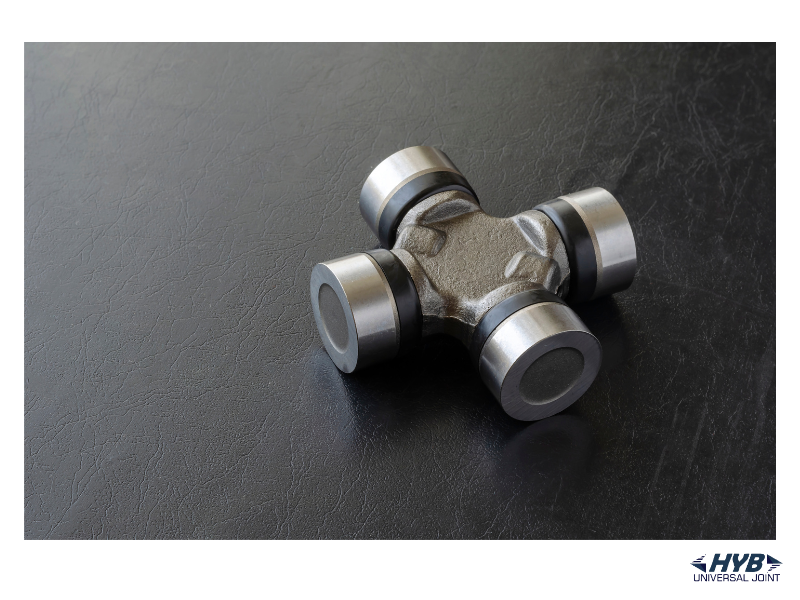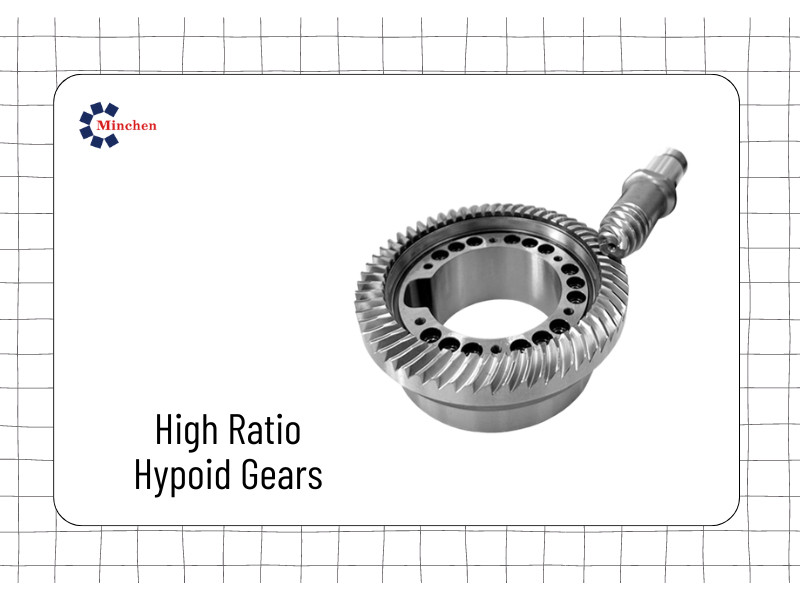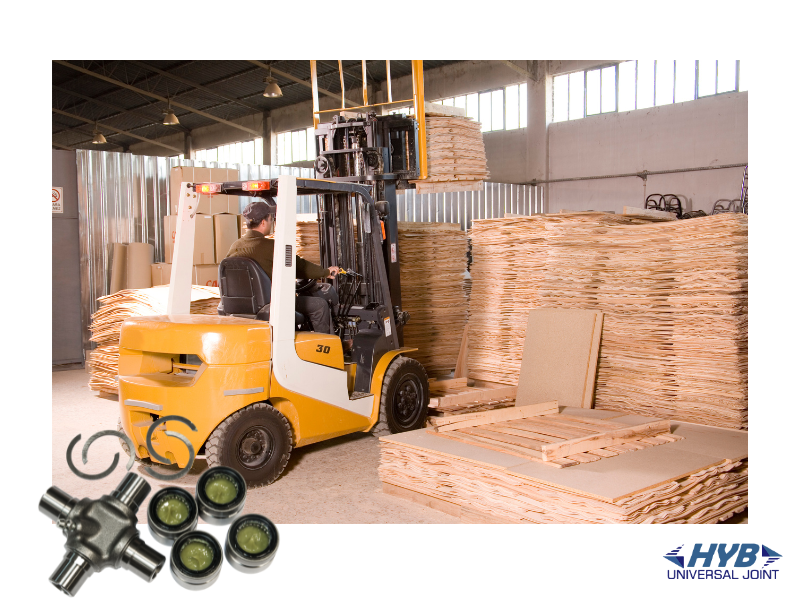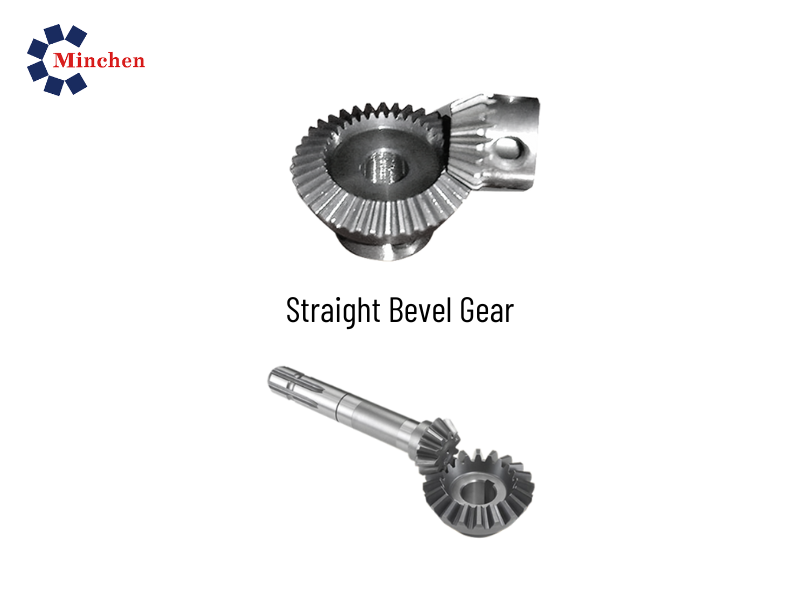What is Micro Drill EDM?
2023-10-19Machinery
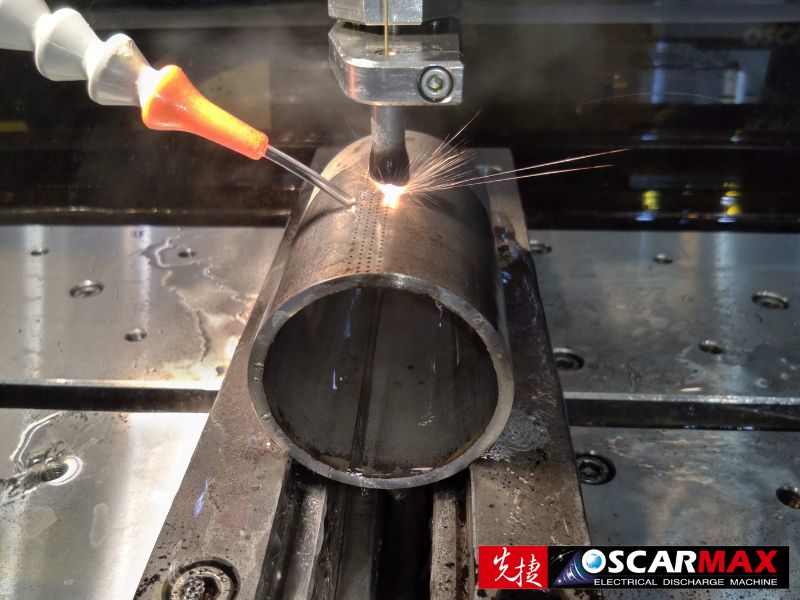
Micro-Electrical Discharge Machining (micro-EDM) is a sensitive and efficient thermoelectric method of micro-manufacturing and high-precision machining for hard-to-cut materials such metal alloys, polymers, and electro-conductive materials.
The modern era demands higher micro hole quality and dimensional accuracy in drilled workpieces. Micro EDM drilling does not leave any burrs behind because it uses heat to do the work instead of mechanical force.
More and more industries, including electronics, aircraft, health, and transportation, are adopting micro products and systems. In a similar vein, the need for micro drilling continues to rise. In order to meet the requirements of the industry, different micro-drilling processes have been created.
Traditional and innovative micro drilling technologies with modern relevance are divided into categories.
The typical method of micro drilling utilizes different types of workpieces, such as; twist, D-shaped, one flute, compound drill, and coated micro drill. Among the unconventional techniques used in micro drilling are lasers, electrical discharge machines, selective area chemical Etching, scanning electron microscopy, sonic vibration drills, and electron beams.
What is electrical discharge machining drilling?
EDM (Electrical discharge machining) drilling is also known as hole poppers, small hole drilling, rapid hole drilling, and start hole drilling. An electrode tube comprised of brass is used to create a hole in a conducting material. The tube, which openings range in size, is used to transmit the energy.
We also use an EDM drill equipped with sparking circuits to increase our machining processes' productivity, accuracy, durability, and cleanliness. The first hole in a Wire EDM machine is typically drilled using this method.
We wrote an article about "What is electrical discharge machining?" before, click here to learn more.
How does EDM work?
When an EDM drill hits a workpiece, a spark is produced between the electrode tube and the drilled object. The drill's spark generates great heat, which jumps over the chasm, eroding the workpiece. Tungsten carbide, other hard metals, and ceramics can be easily drilled using this equipment. Size-wise, the holes go from 0.012" (0.3 mm) to 0.118" (2.9 mm) (3.0 mm). Using a standard drill bit is impossible to create the tiniest of holes.
Why do we use it?
The production method of EDM drilling produces precise results in the end product. It makes it possible to drill holes of a variety of sizes that are both clean and deep, which would be very hard to achieve with the tools typically used for machining.
Much like Wire EDM, EDM drilling eliminates the possibility of human error, ensuring that every drill turns out perfectly.
Where are micro drills used?
Micro drilling is the term used by drilling specialists to refer to the process of drilling holes with a diameter of 3 mm or less. Micro drilling is only possible with a susceptible machine with an accurate spindle with minimal runout.
Micro drilling has many applications in modern industry, especially the electronics sector, where it is used for a wide variety of tasks, including:
- The processing of printed circuit boards through machining.
- Tools development for EDM systems.
- The manufacturing of air bearings and bushings, respectively.
- Manufacturing of nozzles for the flow of gas and liquids, respectively.
- Production of microwave components through manufacturing.
- Manufacturing of optical components and systems.
Types of Micro drilling machine
There is a wide variety of drill machines available. There are mobile, sensitive, and stationary choices available. A portable drilling machine is frequently used in the garage to create even the smallest holes. A single hand can handle the drill while the other steadies the workpiece.
Small holes can be drilled quickly and accurately with a sensitive drilling machine. This mini drill machine can be used on a tabletop, floor, or flat surface.
So, an upright drilling machine is larger and more powerful than a sensitive machine and can aid in drilling both medium and large holes. Check out our great selection for a wide range of collections.
2 Micro Drilling Methods:
1. Conventional
2. Unconventional.
An example of the conventional method is micro holing, which involves mounting a drill bit on the machine's spindle and rotating it at a fast speed to bore a hole through the material.
Methods of conventional micro drilling:
a) D-shaped object
b) One Flute
c) Drilling with a combination of tools
d) Twist type
e) Coating the drill
However, unconventional micro drilling is relatively recent and is seeing widespread use in many contemporary contexts. In contrast to the traditional approach of using a small drill, the non-traditional method incorporates a wide range of electromagnetic, chemical, hydraulic, thermal, and a combination of these processes.
The following is a brief list of the non-traditional approaches that are increasingly employed in cutting-edge software:
Methods for unconventional micro-drilling:
a. Electrical Discharge Machine
b. Electron Beam
c. Ultrasonic Vibration
Micro drill materials
When it comes to micro drilling, your options are significantly more limited than when you're working with larger diameters and a wider variety of materials and metals.
At the moment, tungsten carbides (WC), high-speed steel (HSS), metal, and crystalline diamond are the types of materials used in micro drills that are the most widely used and simple to acquire. Because of the excellent value that they offer, WC and HSS are by far the most popular options.
As material science and manufacturing techniques have improved, the flexibility with which a device designer can develop tools and materials.
To create metamaterials with odd features such as negative material properties, electromagnetism, acoustic band gaps, or mega surfaces, the maker must control material distribution at the micro and nanoscales.
Similarly, powder metallurgy allows for producing alloys with polished grains that exhibit better qualities, such as high hardness, stiffness, and wear resistance, even when subjected to high temperatures. The material utilized in producing micro drills and recent developments in this field are discussed.
